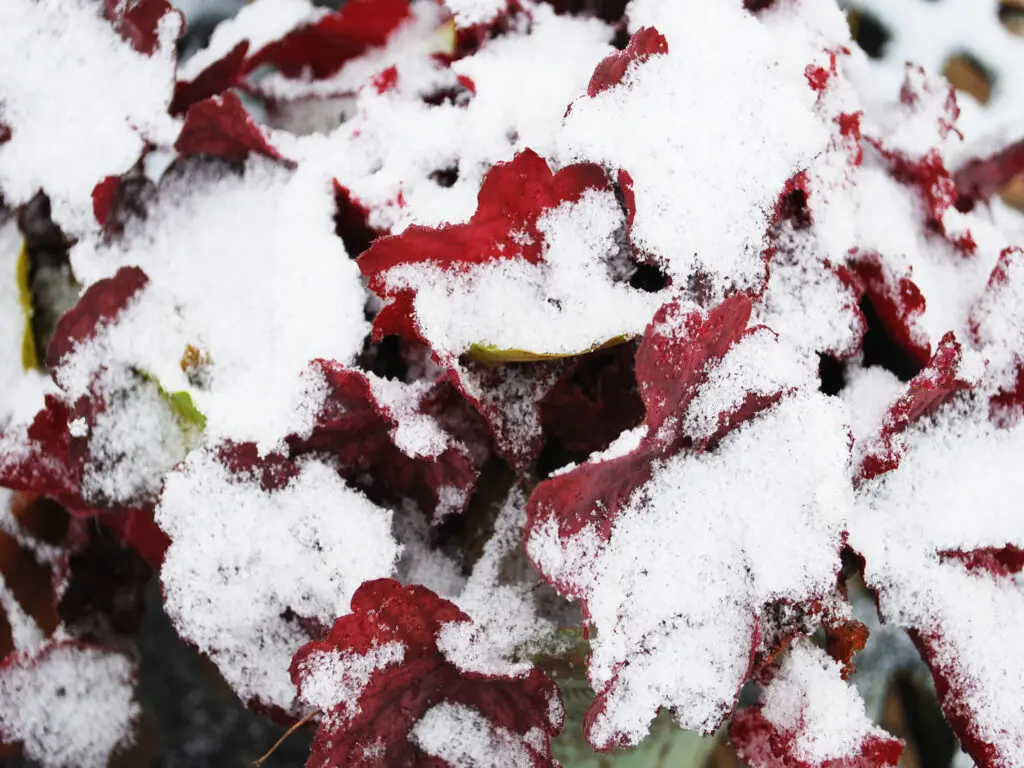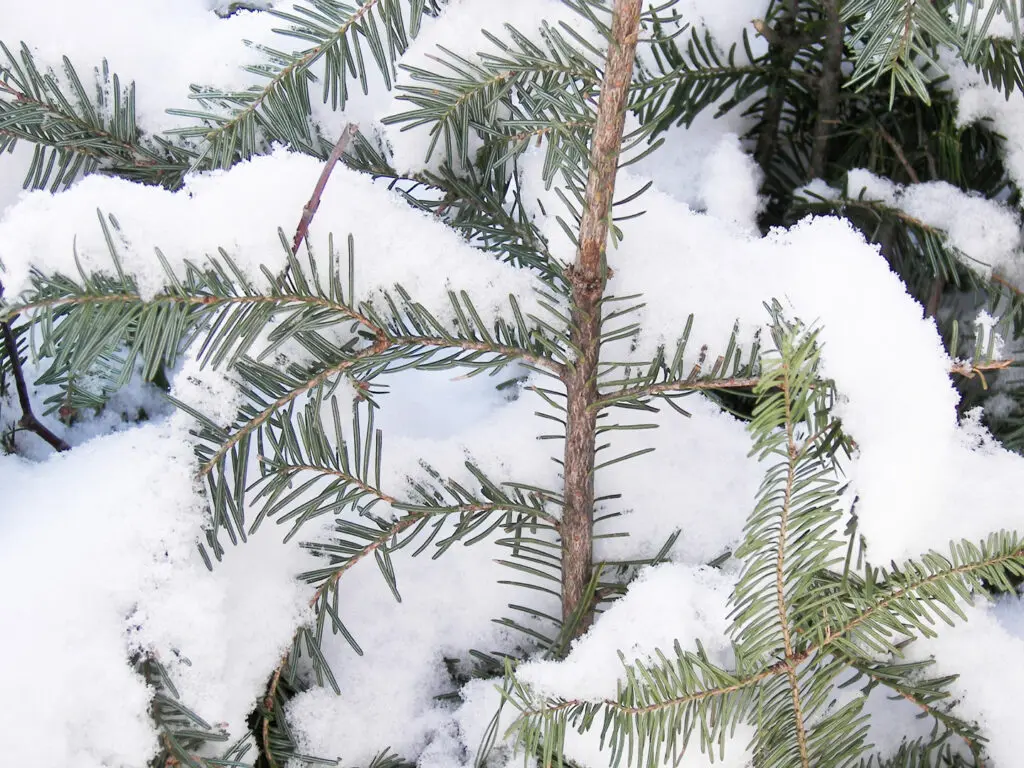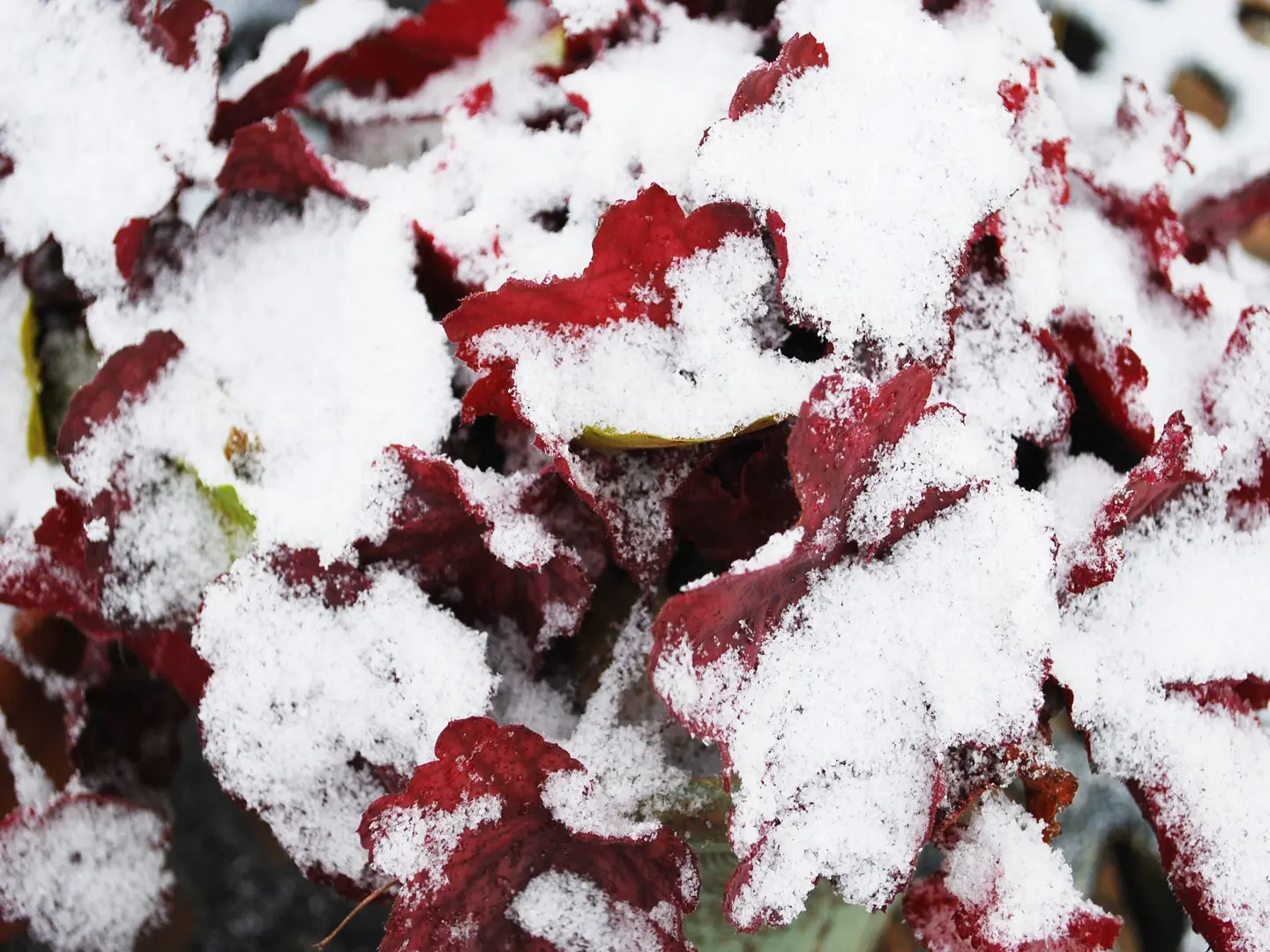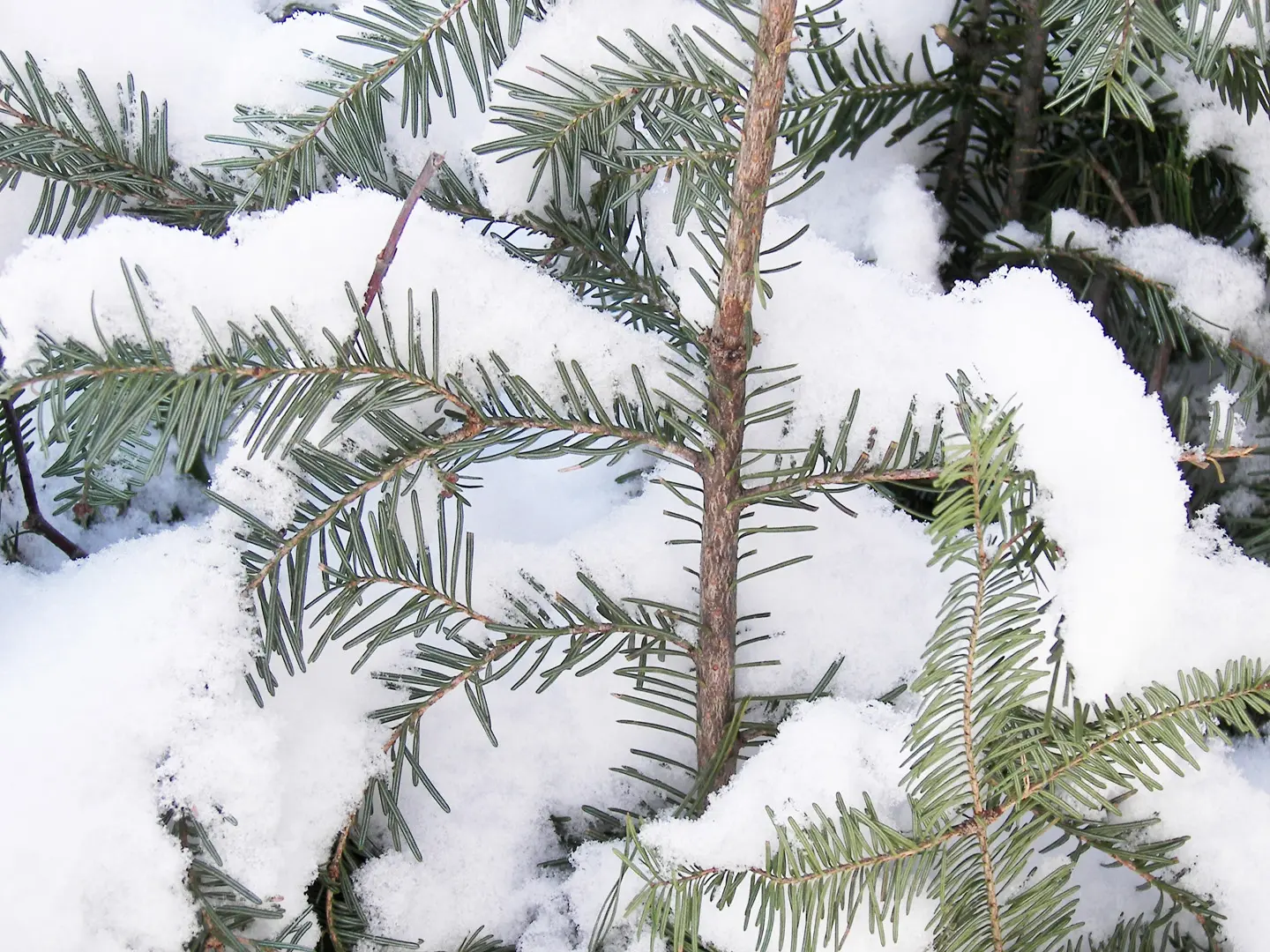Gladiola – August Birth Flower
Gladiolus are part of the iris family and are planted in spring for summer blooms. The name Gladiolus comes from a Latin word meaning “sword” referring to the tall blades of leaves. Another common name for them is “sword lily.”
These are tall plants with spikes of flowers. The individual blooms are trumpet shaped and open along the tall stems from bottom to top.
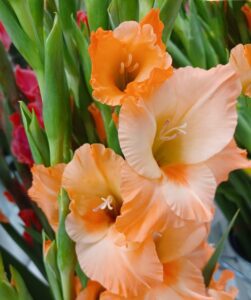
They are great for cut flowers and for a vertical accent in the garden. Gladiolus are available in a wide array of colors, both single and multi-colors. Heights range from two to five feet. Taller varieties will need to be staked.
Gladiolus bulbs are called “corms” and they look like a flattened bulb. The corms are not winter hardy and need to be dug up in fall and stored over winter.
Inspect the corms before you plant and discard any that are soft, showing discolored areas, or are less than an inch in size. Anything less than an inch in size is not likely to flower. Plant the bulbs in spring, about 7 inches apart, after the soil has warmed up to at least 55 degrees. Choose a full sun location. They will need about an inch of water each week. Water at the base of the plant to avoid getting water on the leaves. Make sure the soil is well drained. Heavy clay soil or overwatering can cause the corms to rot.
The flowers usually bloom for 2 weeks. Remove faded flowers to keep them blooming. Also, the corms can be planted out in two-week intervals, from end of May through June, for a continuous bloom until early fall.
To harvest the blooms, cut the stalk at a diagonal and place it in a container of lukewarm water in a cool place for an hour or so before arranging in a bouquet. The stalk should have a few flowers open; the rest will open in the vase. Do not cut the leaves – they should stay intact to give energy back to the corm. Cut the flowers in the morning or early evening, rather than during the hot afternoon.
If you’d like to store the corms over winter and replant next spring there are several steps to follow.
The University of Wisconsin Extension has an excellent article on how to store these corms (bulbs) for the winter. I’ve included the link here. https://hort.extension.wisc.edu/articles/storing-tender-bulbs-for-winter

